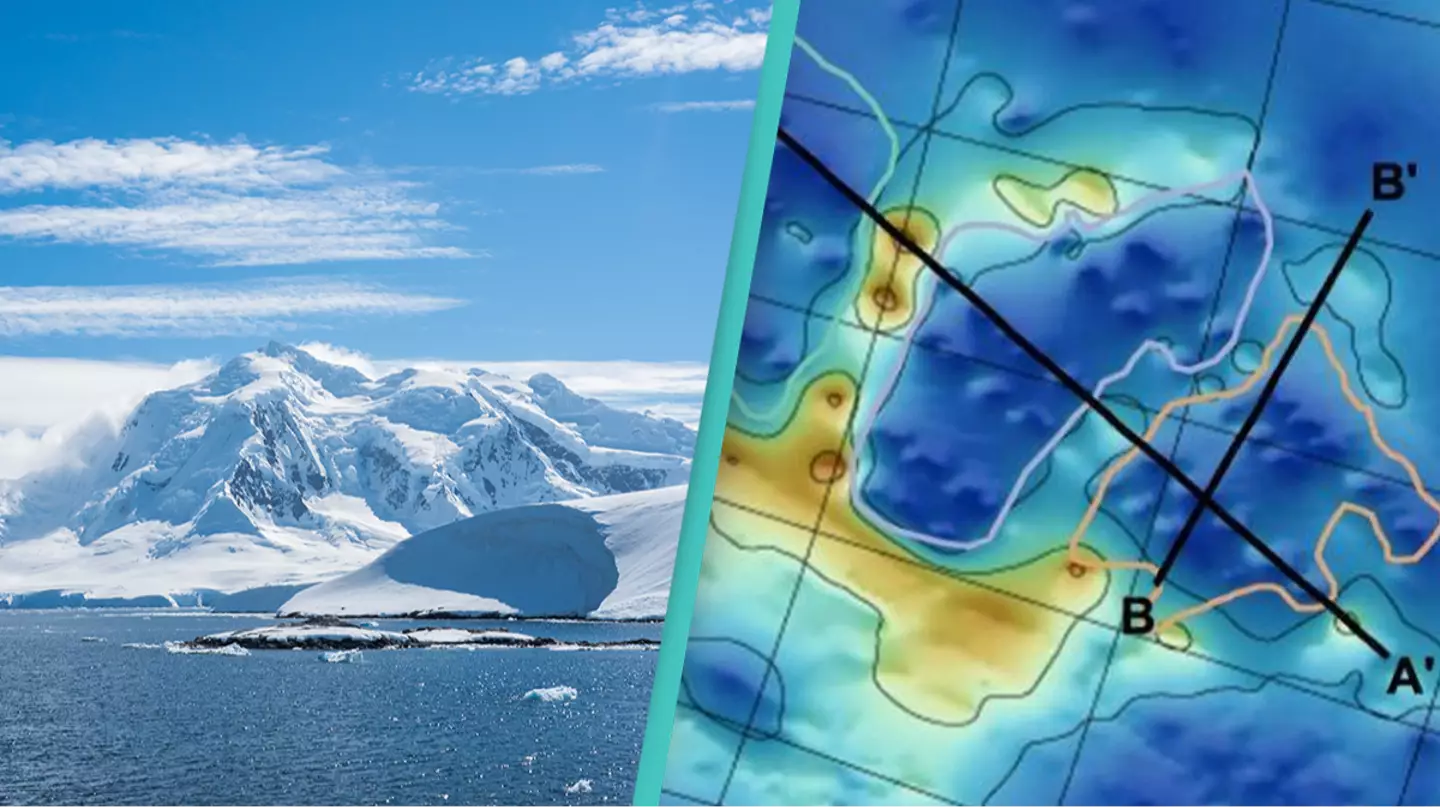
Featured Image Credit: Hongjie Han/Getty NATURE COMMUNICATIONS
Topics: News, Science, Antarctica, Climate Change

Topics: News, Science, Antarctica, Climate Change

Kit joined UNILAD in 2023 as a community journalist. They have previously worked for StokeonTrentLive, the Daily Mirror, and the Daily Star.